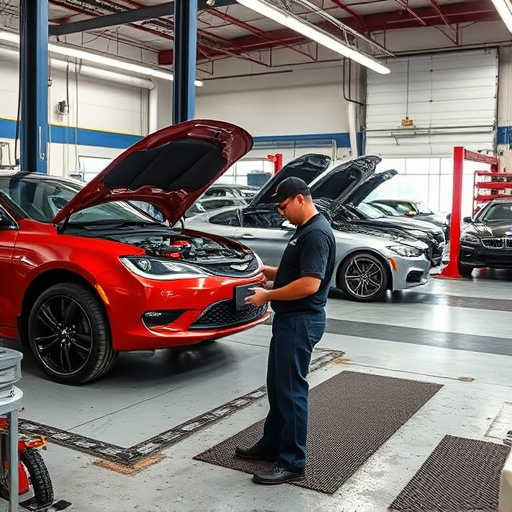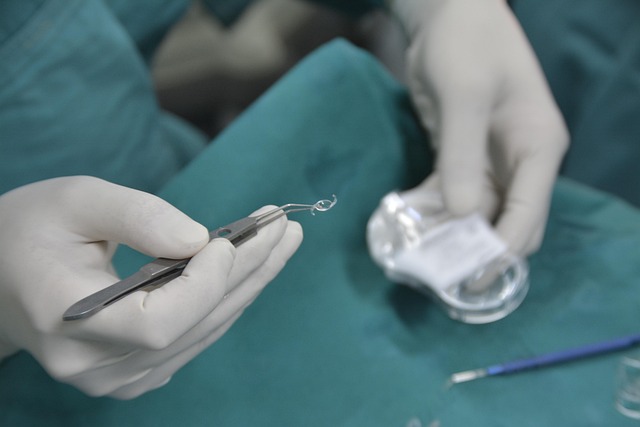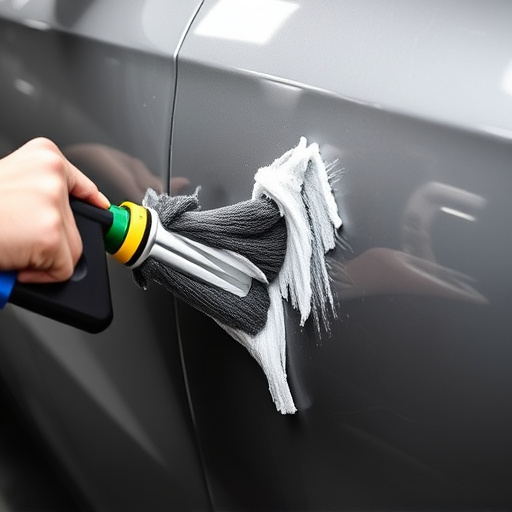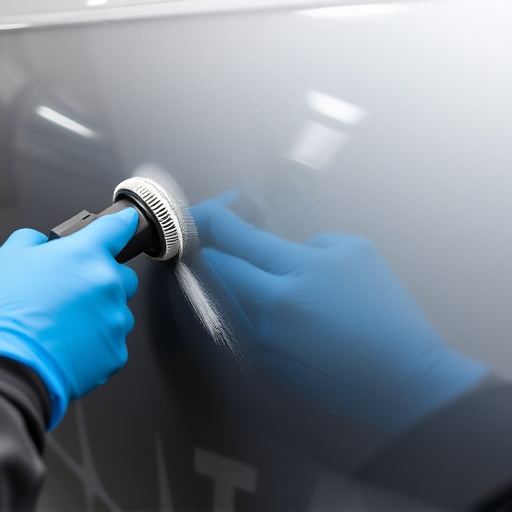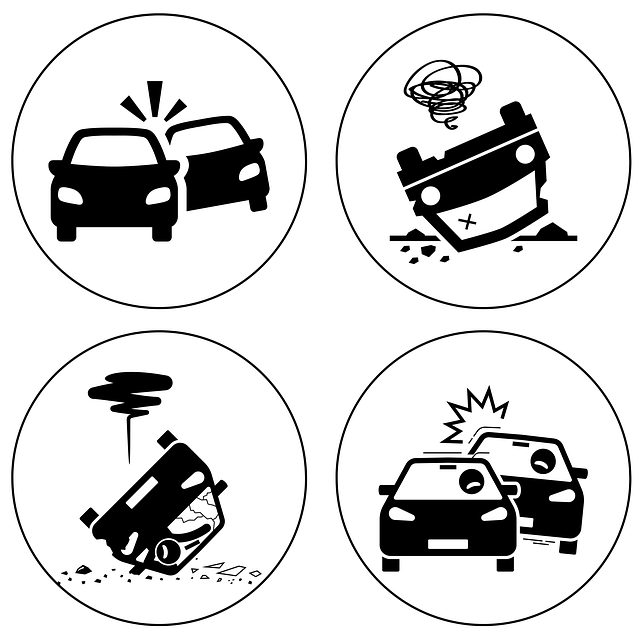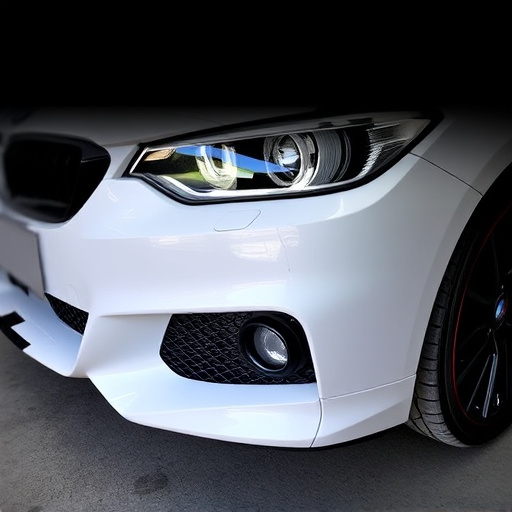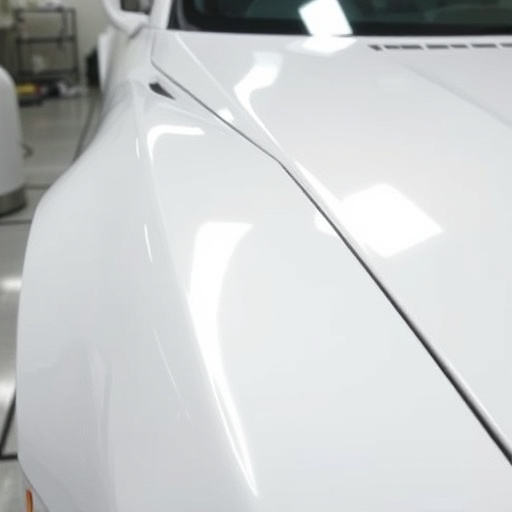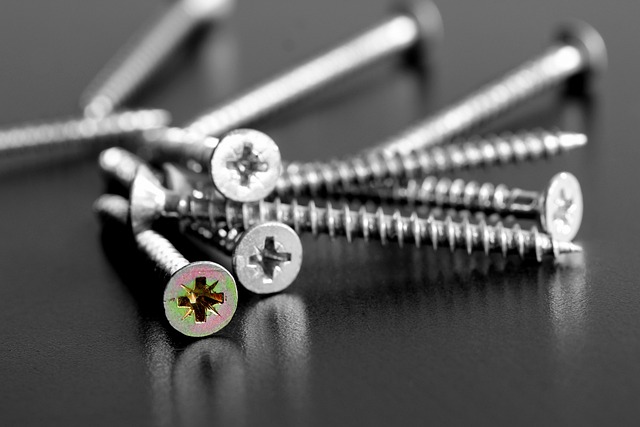PDR quality standards ensure automotive body shops meet excellence criteria for scratch removal, bumper repairs, and dent repair, aiming to restore vehicles to pre-damage condition. The PDR process for Mercedes Benz repairs emphasizes precision through specialized tools and detail work, with standardized procedures, audits, and regular training maintaining consistent quality. Implementing high PDR quality standards involves technician training, modern tools, clear communication, and regular quality control checks, fostering customer trust in top-notch auto body repair services.
“New to the world of PDR (Paintless Dent Repair)? This comprehensive guide is your ultimate starting point. We demystify the core concepts of PDR quality standards, breaking down complex ideas into simple terms. Learn about the essential elements of quality assurance and discover practical tips for implementation and maintenance. By understanding these standards, you’ll ensure consistently high-quality repairs, gaining client trust and boosting your reputation.”
- Understanding PDR Quality Standards: Basics Explained
- Key Components of PDR Quality Assurance Process
- Implementing and Maintaining High PDR Quality Standards
Understanding PDR Quality Standards: Basics Explained
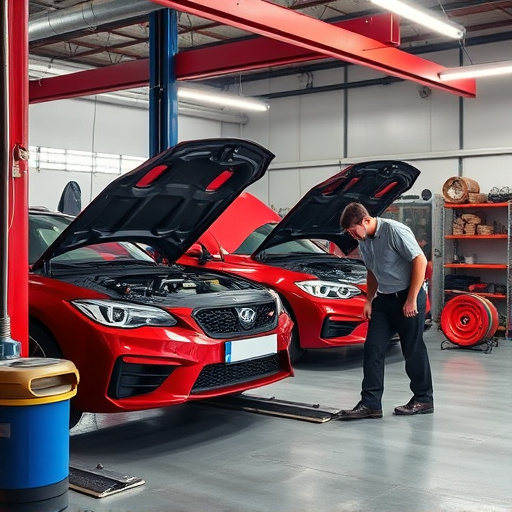
PDR quality standards are a set of guidelines designed to ensure that car scratch repair, bumper repair, and vehicle dent repair services meet specific levels of excellence. These standards cover everything from preparation techniques to finishing touches, aiming to restore vehicles to their pre-damage condition or even improve upon it. Understanding these standards is crucial for both professionals in the automotive body shop industry and individuals considering getting their cars repaired.
When it comes to car scratch repair, PDR quality standards dictate the methods used to remove scratches and defects from paint surfaces. Similarly, bumper repair services are held to these standards to ensure that replacements or repairs are structurally sound and aesthetically pleasing. Vehicle dent repair is another critical area where adherence to PDR quality standards is vital, as it determines the effectiveness of removing dents and dings while minimizing paint damage. By following these guidelines, professionals can deliver high-quality work that satisfies customers and maintains their reputation.
Key Components of PDR Quality Assurance Process
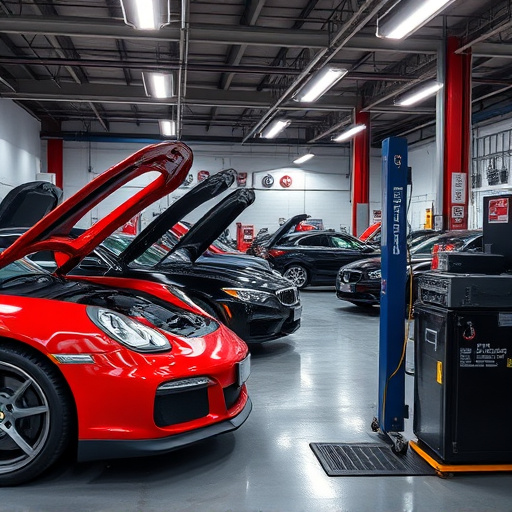
The PDR (Paintless Dent Repair) quality assurance process is a multi-faceted approach designed to ensure perfection in auto body repair, specifically focusing on bumper repair and Mercedes Benz repair services. Key components of this process include rigorous training for technicians, who must master the art of paintless dent removal using specialized tools and techniques. This involves meticulous attention to detail, as even the slightest mistake can affect the final finish.
Standardized procedures and guidelines are paramount, outlining each step from assessment to completion, ensuring consistency across all repairs. Regular audits and inspections further solidify quality control measures, allowing for continuous improvement in both bumper repair and more intricate Mercedes Benz repair tasks. The ultimate goal is to deliver flawless results that match the original vehicle condition, satisfying customers’ expectations.
Implementing and Maintaining High PDR Quality Standards
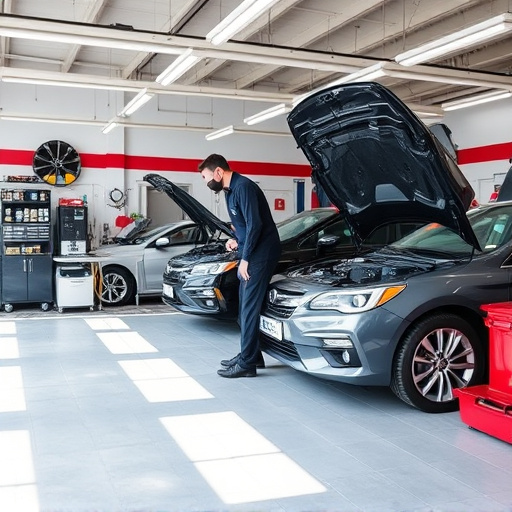
Implementing and maintaining high PDR (Paintless Dent Repair) quality standards is paramount for any automotive body shop aiming to deliver top-notch services. It involves a systematic approach that starts with proper training for technicians. Equipping them with the latest tools and techniques ensures they can handle various dent repair tasks effectively, from frame straightening to bumper repair. Consistent practice and adherence to industry best practices are key; regular workshops or refresher courses can help keep skills sharp and up-to-date with evolving PDR methods.
Creating a culture of quality within the shop is equally important. Clear communication channels foster an environment where technicians feel empowered to ask questions, discuss challenges, and share solutions. Quality control checks at every stage of the repair process ensure consistent results, building trust with customers who value high-quality automotive body work. Regular inspections and feedback sessions further strengthen adherence to PDR quality standards, ensuring the shop remains a leader in the industry.
PDR quality standards are essential for maintaining a high level of vehicle restoration. By understanding the key components of the quality assurance process, beginners can implement and maintain these standards effectively. These standards not only ensure top-notch results but also foster trust among customers seeking professional detailing services. Embrace these practices to elevate your PDR skills and deliver exceptional finishes that meet—and exceed—expectations.
